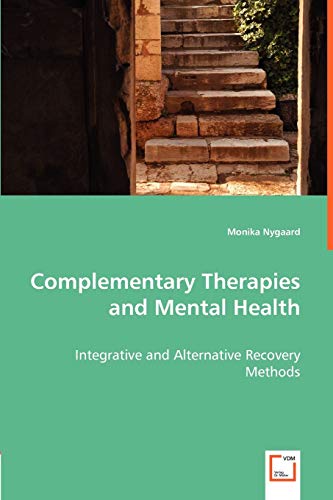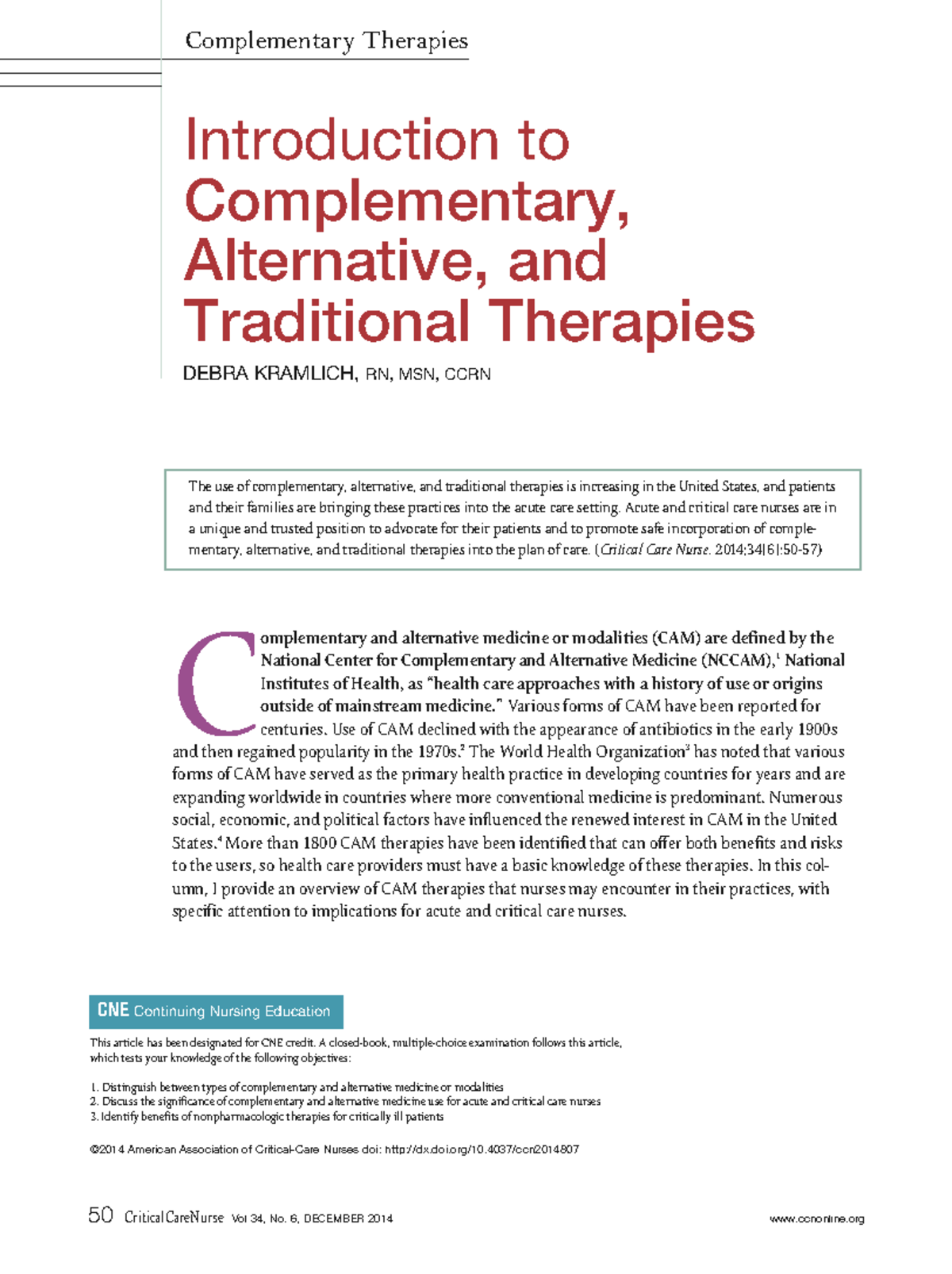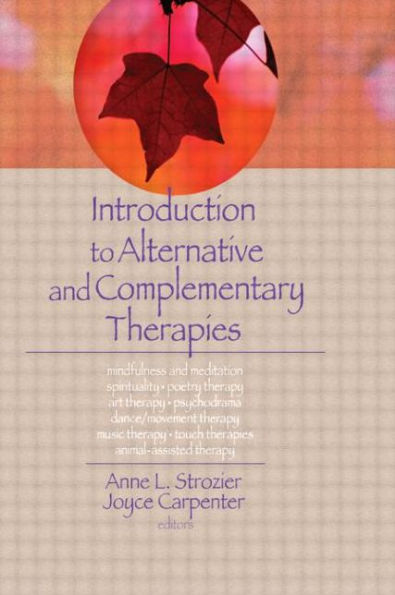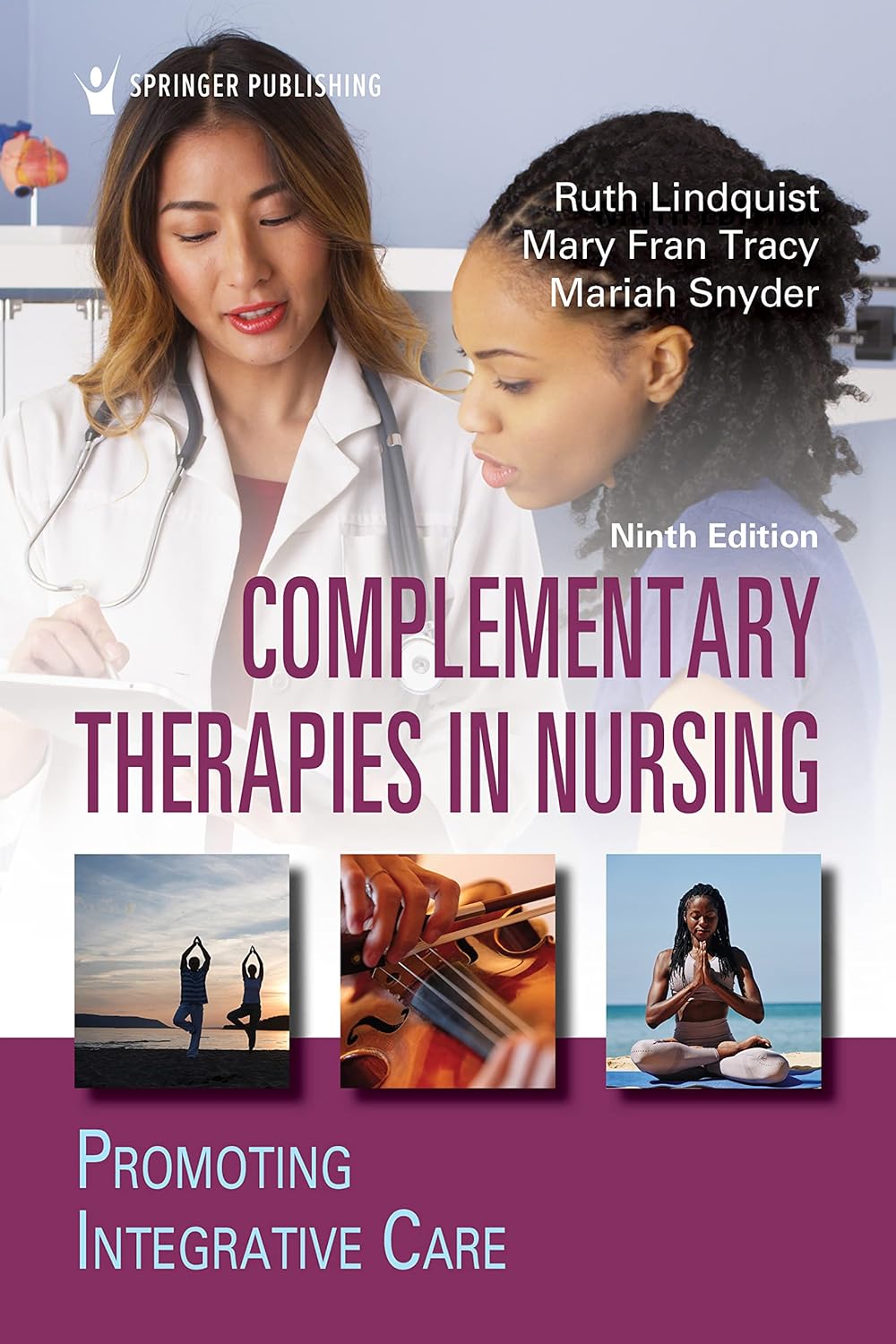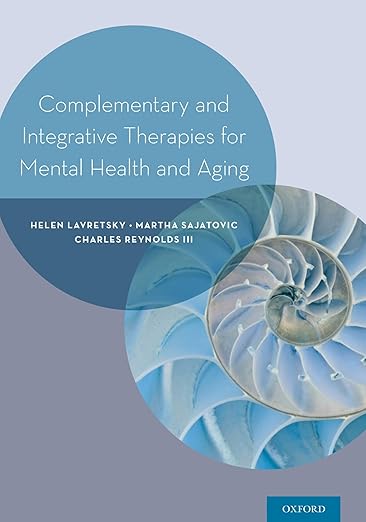Introduction To Complementary And Integrative Therapies For Nurses Book
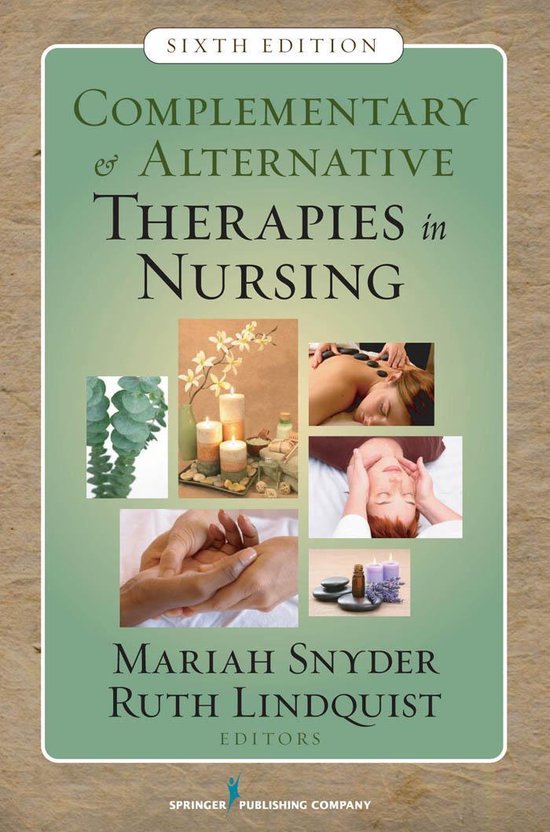
A new resource designed to equip nurses with the knowledge and skills to integrate complementary and integrative therapies into their practice has recently been released. Introduction to Complementary and Integrative Therapies for Nurses offers a comprehensive overview of various therapies, aiming to bridge the gap between conventional medicine and holistic approaches to patient care.
This book is poised to become a valuable tool for nursing students and practicing nurses alike, offering practical guidance on how to safely and effectively incorporate therapies such as acupuncture, aromatherapy, and mindfulness into their patient care plans. It addresses a growing demand for holistic healthcare approaches and aims to empower nurses to provide more personalized and comprehensive care.
The Need for Integrative Therapies in Nursing
The rise of integrative medicine reflects a broader shift in healthcare towards patient-centered care that addresses the physical, emotional, and spiritual needs of individuals. Evidence suggests that complementary therapies can improve patient outcomes, reduce pain and anxiety, and enhance overall well-being.
Nurses, being at the forefront of patient care, are uniquely positioned to integrate these therapies into their practice. However, many nurses lack formal training in these modalities, highlighting the need for accessible and comprehensive educational resources.
"Many patients are already using complementary therapies," says Dr. Jane Doe, lead author of the book and a professor of nursing at the University of Health Sciences. "Nurses need to be informed about these therapies to provide safe and effective care."
Key Features of the Book
Introduction to Complementary and Integrative Therapies for Nurses covers a wide range of topics, including the history and philosophy of integrative medicine, ethical considerations, and legal implications. It also provides in-depth information on various therapeutic modalities.
The book includes chapters on acupuncture, massage therapy, yoga, meditation, and herbal medicine, among others. Each chapter provides an overview of the therapy, its benefits, contraindications, and practical applications in nursing care.
A significant feature of the book is its emphasis on evidence-based practice. It presents research findings on the effectiveness of various therapies, helping nurses make informed decisions about their use. The authors have meticulously reviewed studies, ensuring the book reflects the most current and reliable information.
Expert Perspectives and Contributions
The book features contributions from a diverse group of experts in the field of integrative medicine. Registered Nurses, medical doctors, and experienced practitioners from various disciplines have contributed chapters, providing a multi-faceted perspective on the subject.
Professor John Smith, co-author and a renowned expert in mindfulness-based interventions, believes that the book fills a critical gap in nursing education. "Nurses are increasingly recognizing the importance of addressing the whole person," he states. "This book provides them with the tools they need to do so effectively."
The editorial board for the book ensured it adheres to the highest standards of accuracy and clarity. Each chapter underwent rigorous review by experts in the respective fields to ensure it is both informative and evidence-based.
Impact on Nursing Practice and Patient Care
The release of this book is expected to have a significant impact on nursing practice, promoting the integration of complementary therapies into mainstream healthcare. By providing nurses with the knowledge and skills to use these therapies safely and effectively, the book can improve patient outcomes and enhance the overall quality of care.
Hospitals and healthcare organizations are increasingly recognizing the benefits of integrative medicine and are seeking nurses with expertise in this area. This book will help nurses meet this growing demand, improving their career prospects and contributing to the advancement of integrative healthcare.
The book also includes case studies and practical examples, helping nurses apply the concepts learned in real-world clinical settings. These tools enhance comprehension and facilitate translation from theory to practice.
Availability and Target Audience
Introduction to Complementary and Integrative Therapies for Nurses is available in both print and digital formats, making it accessible to a wide audience. It is primarily targeted towards nursing students, practicing nurses, and healthcare professionals interested in learning more about integrative medicine.
Continuing education credits are also available for nurses who complete a companion online course. This course reinforces the concepts covered in the book and helps nurses develop practical skills in integrative therapies.
The book can be found at major booksellers and online retailers. The publishers have also partnered with nursing schools to make the book available to students at discounted rates.
Looking Ahead: The Future of Integrative Nursing
The publication of Introduction to Complementary and Integrative Therapies for Nurses marks a significant step forward in the integration of complementary therapies into nursing practice. As awareness and acceptance of these therapies continue to grow, nurses will play an increasingly important role in delivering holistic, patient-centered care.
Further research and education are needed to fully understand the benefits and limitations of complementary therapies. However, this book provides a solid foundation for nurses to integrate these therapies into their practice in a safe and responsible manner.
The authors express hope that this book will inspire nurses to embrace integrative approaches and transform healthcare, creating a system that addresses the needs of the whole person.


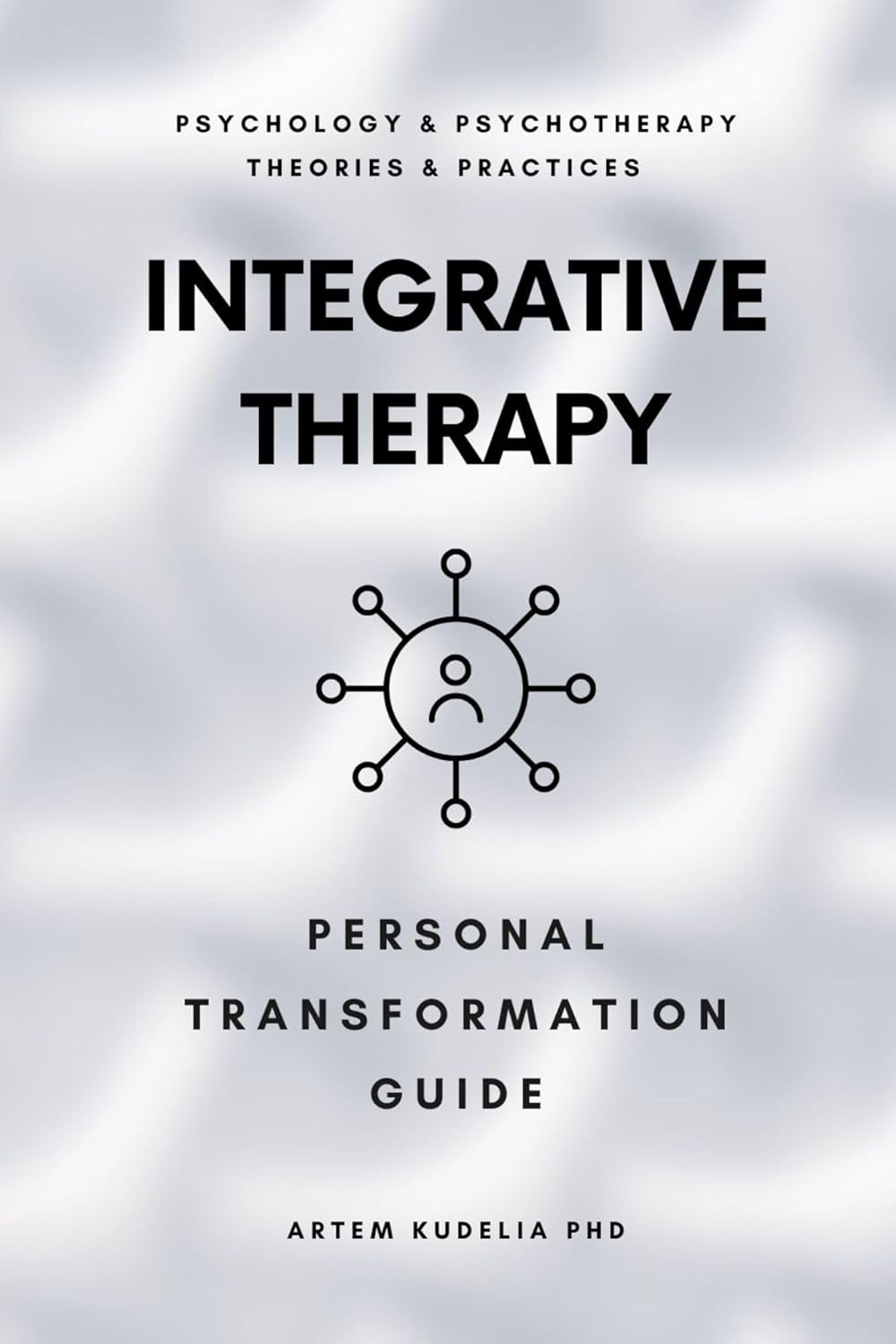

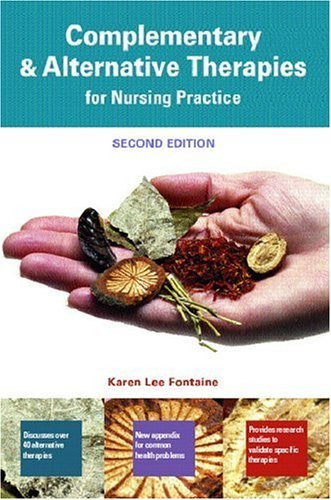
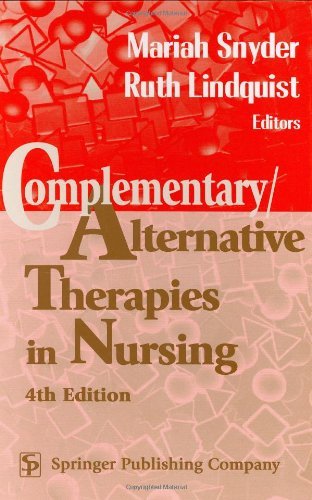
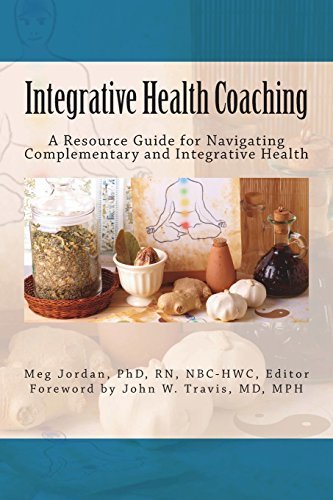


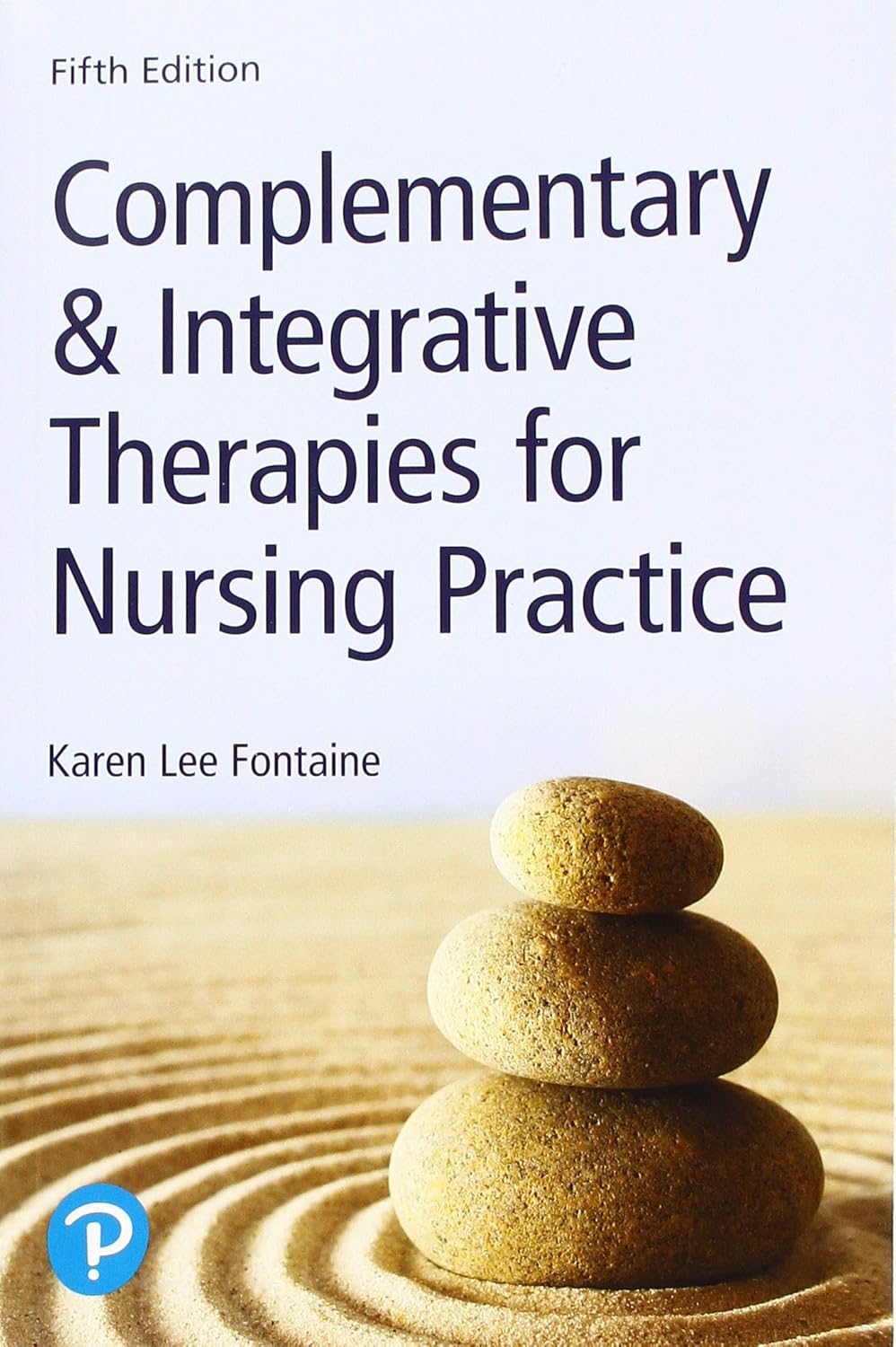
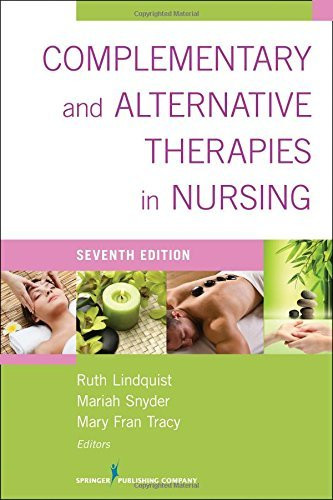
![Introduction To Complementary And Integrative Therapies For Nurses Book _READ [PDF]_ Complementary Therapies in Nursing: Promoting Integrative](https://www.yumpu.com/en/image/facebook/67785881.jpg)
